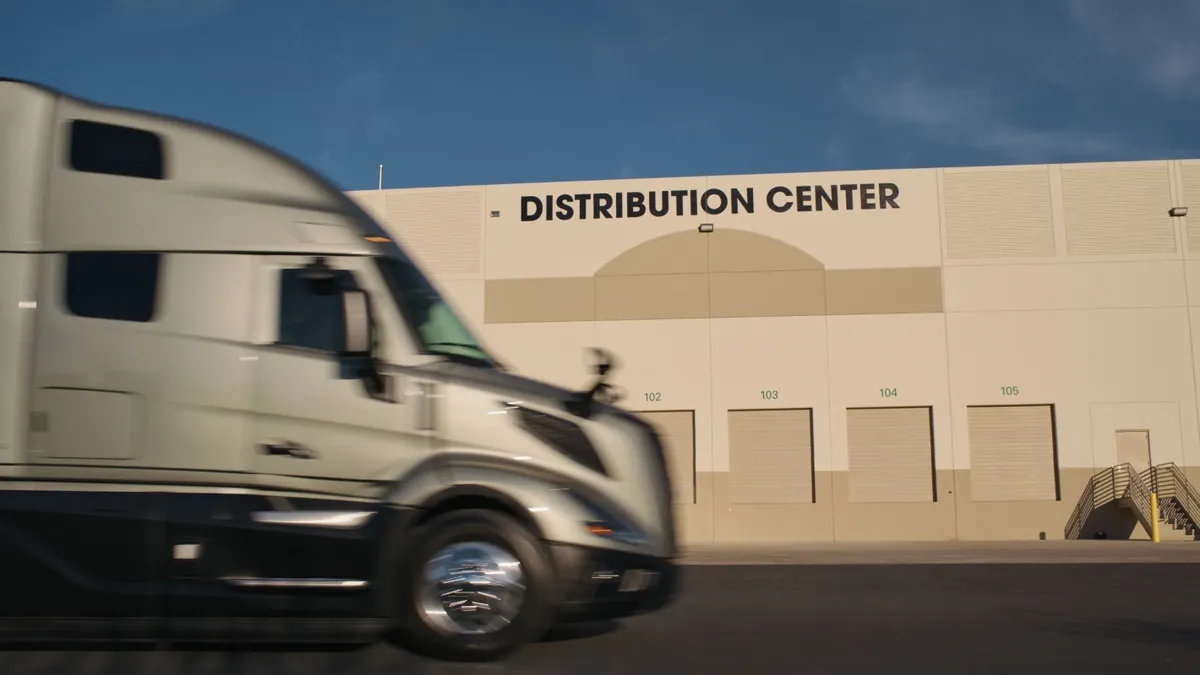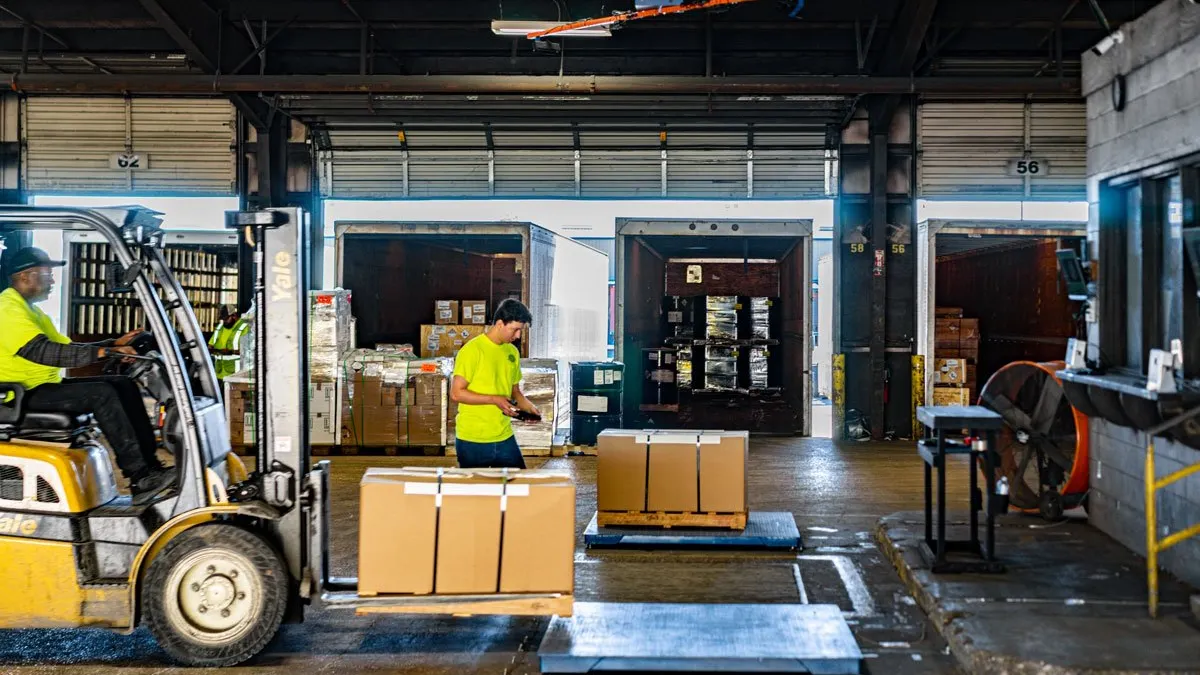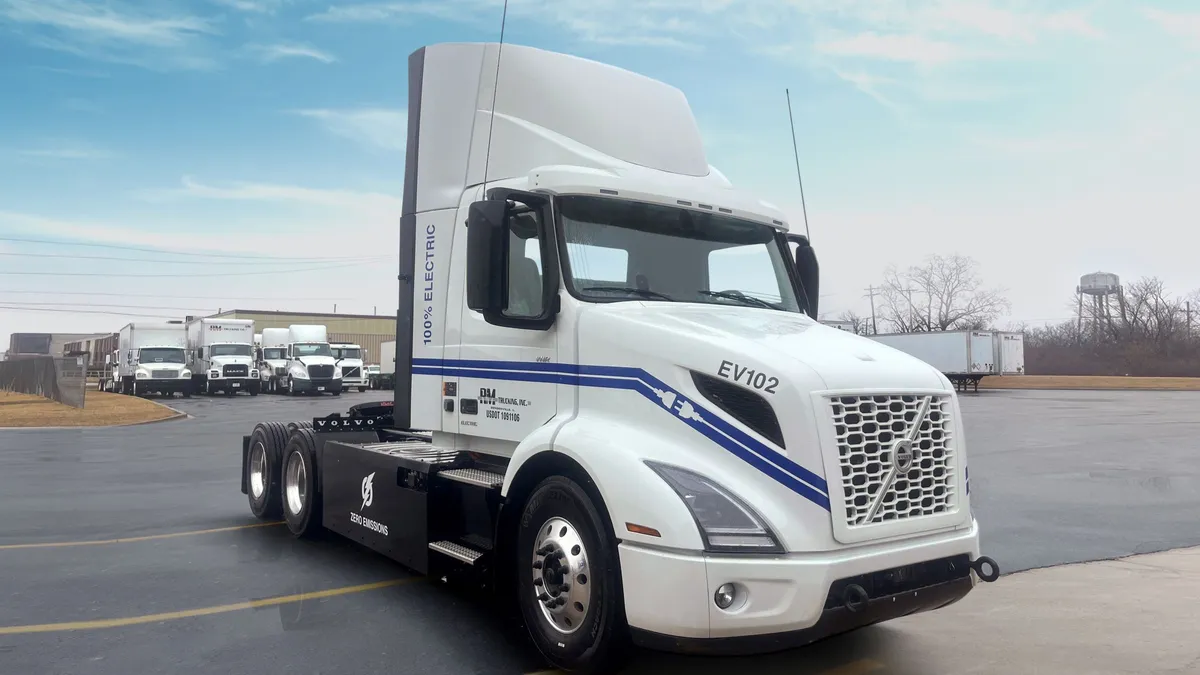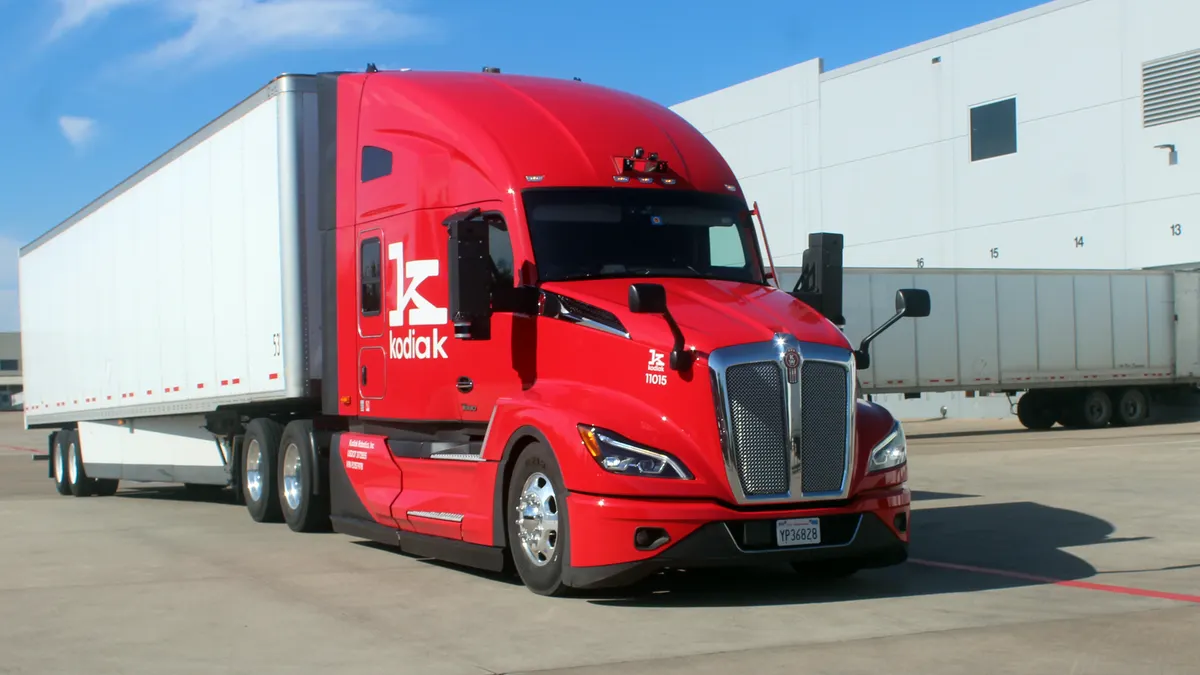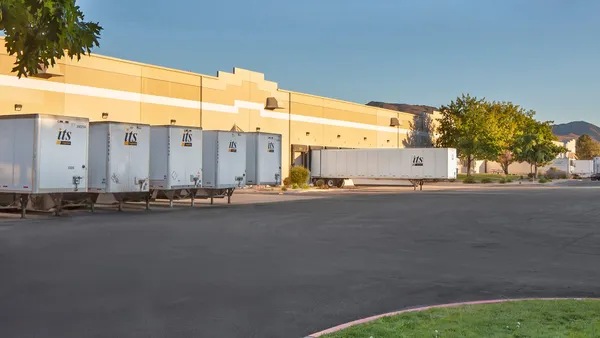There are plenty of sad stories about technology implementation.
Organizations were "hot to trot" to get started with logistics tools, only to realize months or years later — after spending hundreds of thousands of dollars and investing countless man hours — that their shiny new toy didn't really meet their needs.
In some of these cases, a workaround may be possible. But in far too many, it's really best to go back to square one — or what should have been square one.
Glossing over the necessary top-down steps that are critical to selecting the right tool to meet business needs is a recipe for an implementation fail, with consequences that can be catastrophic and very disruptive (not to mention very expensive).
Fleets that buy logistics technology — inclusive of fleet routing and dispatch software, enterprise transportation management systems and the like — need to map their business strategy first, before moving on to the vendor-selection process.
A five-step process, if completed before inviting vendors to participate in a request for proposal, will yield meaningful value, immediately and in the long term.
5 steps for successful implementation
Step 1: Understand your company's strategic imperatives and their relationship to your departmental goals, objectives and approach.
A business focused on agility will likely have a different transportation profile than a business focused on "delighting the customer" or "margin enhancement."
Step 2: Discover, document and prioritize your current functional and technical requirements.
Go the extra step and include requirements that allow your department to meet any corporate objectives. If your focus is "delighting the customer," perhaps real-time shipment visibility is a requirement.
Step 3: Determine the key financial drivers, either through cost avoidance or revenue enhancement.
The procurement and implementation of any technology should drive some return on investment (financial or otherwise). Laying this out ahead of the implementation will help you prioritize and ensure the technology is aligned with your objectives.
Step 4: Frame and document a conceptual business-oriented solution design and understand how this new technology will be a part of your overall business tool set.
Step 5: Ensure your organization is ready to make the change, inclusive of people, process and technology. Are there current gaps you need to address before the implementation starts to make the process easier?
Taking time to figure out where you want to go is critical to knowing the right capabilities for your system — and small details can be significant. Where are you unique? What differentiating requirements do you have? What are your pain points? What is your budget?
Putting your company under a magnifying glass could totally change the content of the RFP as well as the proposed vendor list. This valuable upfront time pays huge dividends: dramatically reducing implementation risk, increasing user adoption, and ensuring the maximum amount of value is captured or realized with your new tools.
The impact of getting it right
The importance of getting this phase of the journey right can't be underestimated.
Think about the five biggest points of impact before you rush to issue an RFP as your first step in acquiring a new technology:
Implementation cost
The best way to explain this is with an analogy. Let's say you decided to select a cruise ship to be a fishing boat. You could do it, but it would be difficult, expensive and likely so cumbersome you wouldn't get any enjoyment out of it.
Implementation risk
A widely accepted "rule" regarding software is "flexibility = complexity," and when it comes to implementation, "complexity = risk."
If you're not careful in your decision-making, hidden or latent features (those you don't need but are still there) can distract and take time away from tuning into the features that are very specific to your requirements. Ask yourself this: Which machine — one with 10 moving parts versus one with 10,000 moving parts — has more potential failure points?
ROI realization
ROI drives everything — and the more efficient a TMS implementation is, the greater the returns.
An 40-week implementation versus a 20-week one will obviously take a bigger bite out of ROI. Plus, making smart decisions at this stage is significant over the long term, as strong performance leads to better metrics and a higher ROI.
User adoption and performance
Never underestimate the importance of your team embracing the TMS. If the solution is too cumbersome, or does not meet user expectations, they will work around it or ignore it. When that happens, you lose all the value you expected.
Competitive differentiation
When you take a look at a normalized distribution curve, about 80% of companies are in the middle, or what we call the "Meh" Zone. When you can push yourself toward the right of the curve — to the 10% best — that means you're doing better than your competitors.

Many firms fail to recognize ROI from the implementation, often because they rushed the vendor-selection process and chose the wrong solution for their current and future needs — sort of like marrying the first person you date.
Applying some caution and due diligence in the early stages of your journey will pay dividends down the road.
Brad Forester is the managing partner and founder of JBF Consulting. Views do not necessarily reflect those of Transport Dive.







